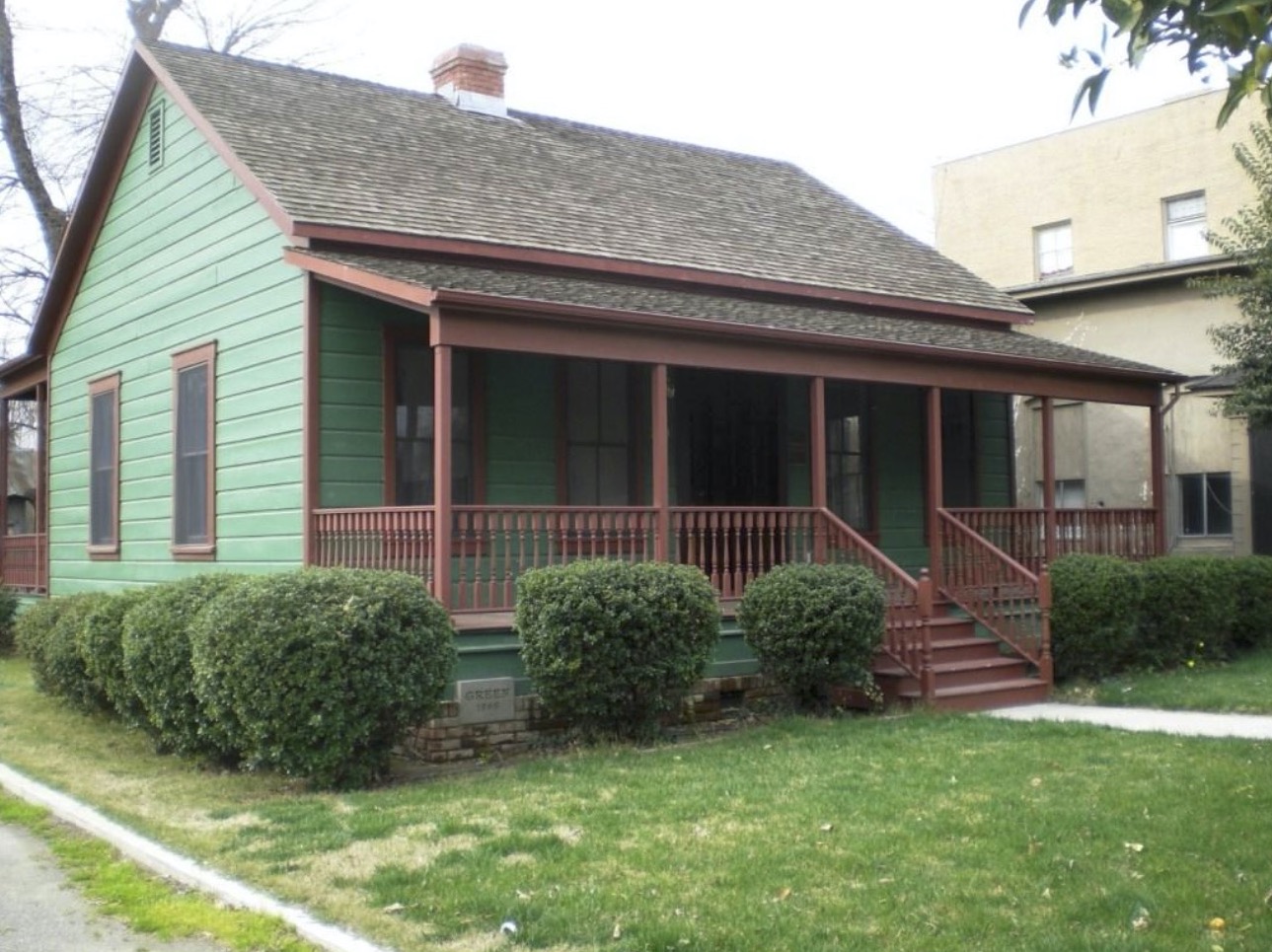History from Afar: Seed Central and A Way with Water
Contributed by Jennifer Harrison
Go into any grocery store from here to Hoboken, New Jersey and the sunflower seeds you buy probably come from the Sacramento Valley. Our region is the top producer of hybrid sunflower seeds that then get planted across the United States and the globe for confectionary and oil production.
Native Americans were the first people to cultivate the sunflower in the United States. Commercial sunflower production started in the early 1900s in the golden state. Today a whopping 99% of California sunflower is produced in the Sacramento Valley, with Yolo County leading the way. Hot, dry summers and the ability to have isolated fields and good pollination by bees create the perfect conditions for growing hybrid sunflower seeds.
Seed crop production is a vital part of our valley. Additional seed crops grown in this region include onion, carrot, squash, cucumber, melon, cole crops (plants belonging to the cruciferous or mustard families such as Brussels sprout, cabbage, cauliflower, collards, kale, kohlrabi, mustard, broccoli, turnips, and watercress) corn, peppers, root crops, safflower, sorghum, and tomato, alfalfa, beans, turnips oats, canola, native grasses, and flowers.

Speaking of crops, there’s another part, or person, in our valley that merits mention. Will S. Green. On December 18, 1883, Green posted the very first water notice on an oak tree on the west bank of the Sacramento River. The notice said that 500,000 miner’s inches of river water was being diverted for irrigation of lands on the west side of the Sacramento Valley. Green, credited with being everything from a steamboat captain, mail carrier and surveyor to a newspaper publisher, writer, legislator and California State Treasurer, developed a deep interest in irrigation after seeing the impact of the 1850’s drought on the Sacramento Valley. Some refer to him as the father of irrigation. His home still stands preserved, in Colusa County, which borders Glenn County, the location of his now historical water notice.

Top photo of onions for seed credit: Steve Beckley
